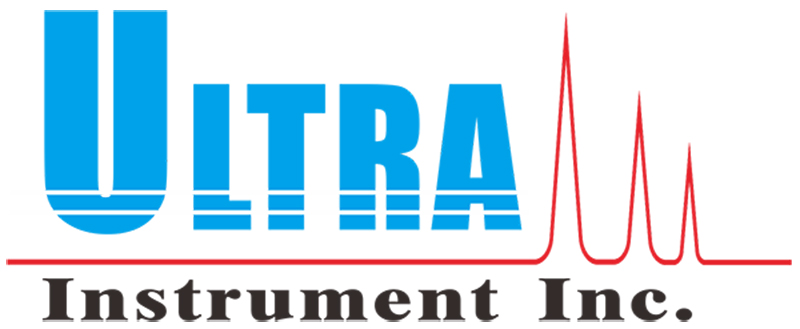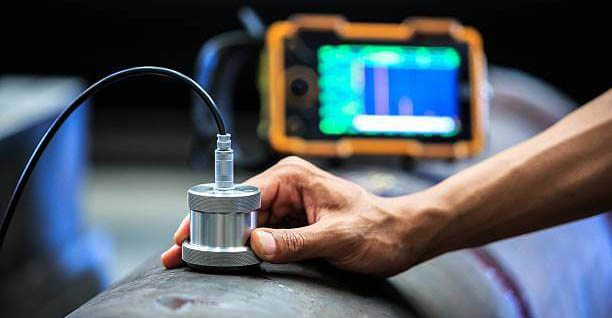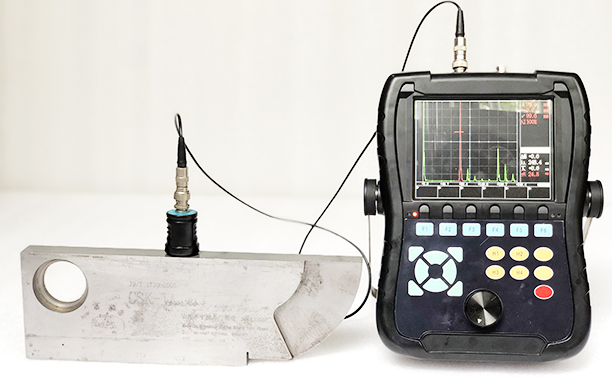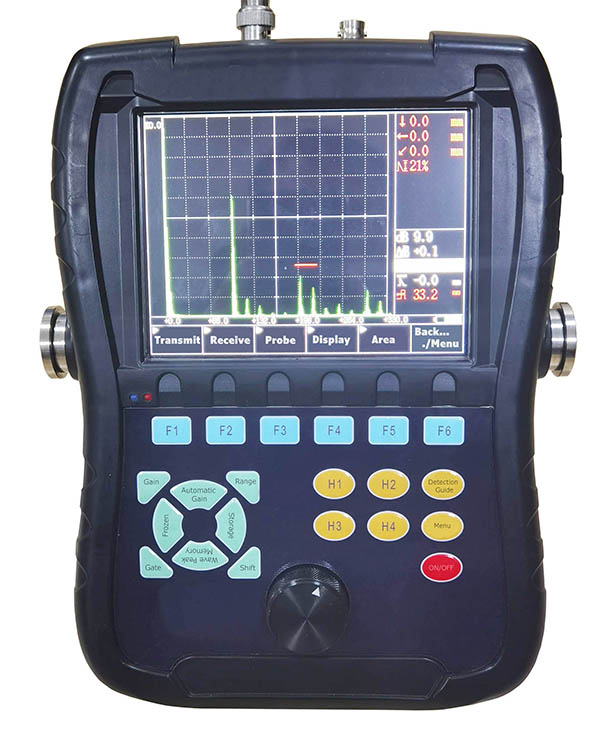Ultrasonic flaw detector is a portable industrial nondestructive testing instrument. It can detect, locate, evaluate and diagnose a variety of defects (cracks, inclusions, folds, pores, sand holes, etc.) The detector work in the workpiece quickly, conveniently, without damage and accurately. It suitable in both laboratory and project site. The ultrasonic flaw detector can be widely applicable for manufacturing, iron and steel metallurgy, metal processing industry and other fields requiring defect detection. It is also applicalbe for quality control, as well as in-service safety inspection, railway transportation and other fields. The ultrasonic flaw detector is necessary for nondestructive testing industry.
Work Principle
Ultrasonic wave will reflect and refract on the heterogeneous interface, especially it can not pass through the interface between gas and solid. There are defects such as pores, cracks and delamination in the metal (gas in the defect). The ultrasonic wave will be fully or partially reflected when it propagates to the interface. The probe will receive the ultrasonic wave and processed through the internal circuit of the instrument. Waveforms with different heights and certain spacing are displayed on the fluorescent screen of the instrument. The flaw detector judges the depth, size and type of defects in the workpiece according to the variation characteristics of the waveform.
Advantages
1) The sound beam of ultrasonic wave can concentrate in a specific direction and propagate along a straight line in the medium, which has good directivity;
(2) During the propagation of ultrasonic wave in medium, attenuation and scattering will occur;
(3) Ultrasonic wave will produce reflection, refraction and wave mode conversion at the interface of heterogeneous media. Using these characteristics, we can get the the reflected wave reflected from the defect interface, so as to achieve the purpose of detecting defects;
(4) The energy of ultrasonic wave is much greater than that of sound wave;
(5) The transmission loss of ultrasonic wave in solid is small and the detection depth is large.
Disadvantages
Ultrasonic flaw detection has the advantages of large detection thickness, high sensitivity, fast speed, low cost, harmless to human body, and can locate and quantify defects. However, ultrasonic flaw detection has its limitations because of its non intuitive display of defects, great difficulty in flaw detection technology, easy to be affected by subjective and objective factors, and inconvenient preservation of flaw detection results.
Ck2108 ultrasonic flaw detector produced by Ultra Instrument adopts advanced square wave excitation technology. It has stable performance, light and convenient operation and high cost performance. It is suitable for railway rail flaw detection. At the same time, it is also applicable for many fields such as metallurgy and industrial production.



